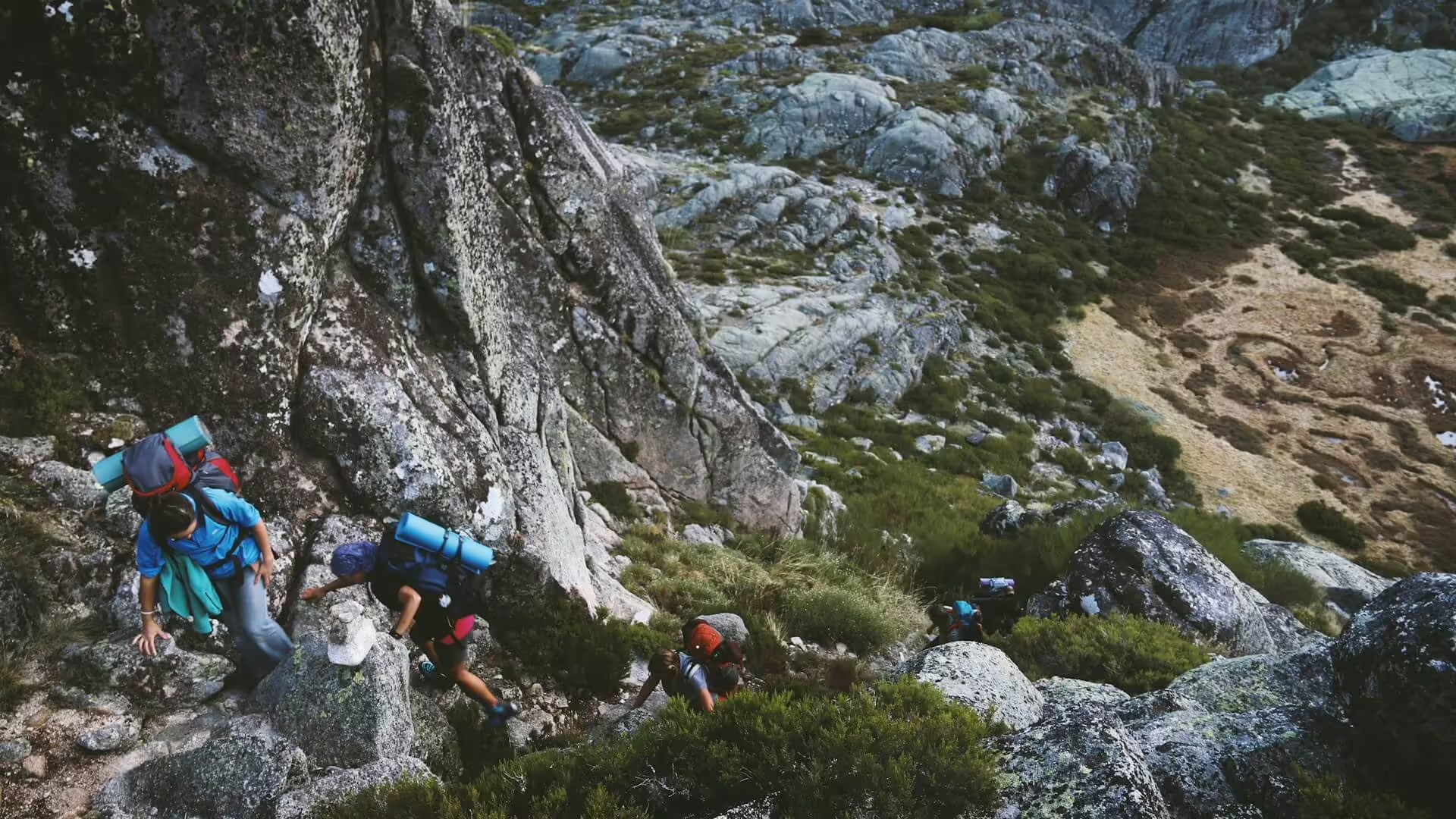
How to Prepare for High-Altitude Trekking in Africa
If you’re dreaming of tackling the legendary peaks of Africa, like Mount Kilimanjaro, you’re not alone. High-altitude trekking is an exhilarating adventure that tests your physical and mental limits, but it comes with its own set of challenges. Preparing properly is key, whether you’re a seasoned hiker or new to trekking. Getting ready for high-altitude climbs in Africa isn’t just about physical training; it’s also about understanding the environment, gear, and health considerations.
In this guide, we’ll walk you through everything you need to know to prepare for high-altitude trekking in Africa, from understanding what you’re up against to preparing both your body and mind. By the end of this, you’ll feel ready to take on the adventure of a lifetime.
Understanding High-Altitude Trekking
So, what exactly is high-altitude trekking? Typically, trekking is considered “high altitude” when it occurs above 3,000 meters. At this height, the air becomes thinner, making it harder to breathe. Your body has to work harder to get the oxygen it needs to keep functioning properly.
In Africa, this challenge becomes more intense as you approach the continent’s highest peaks, like Mount Kilimanjaro. With a summit that towers at 5,895 meters (19,341 feet), it’s a major goal for trekkers from all over the world. This makes the experience more exciting but also adds the need for more serious preparation.
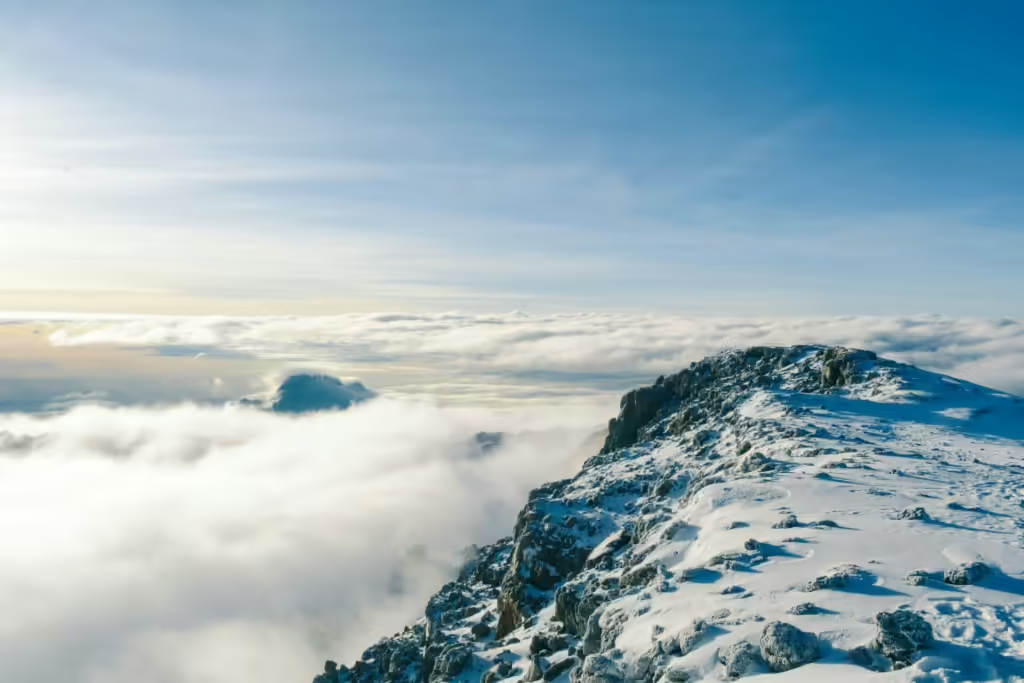
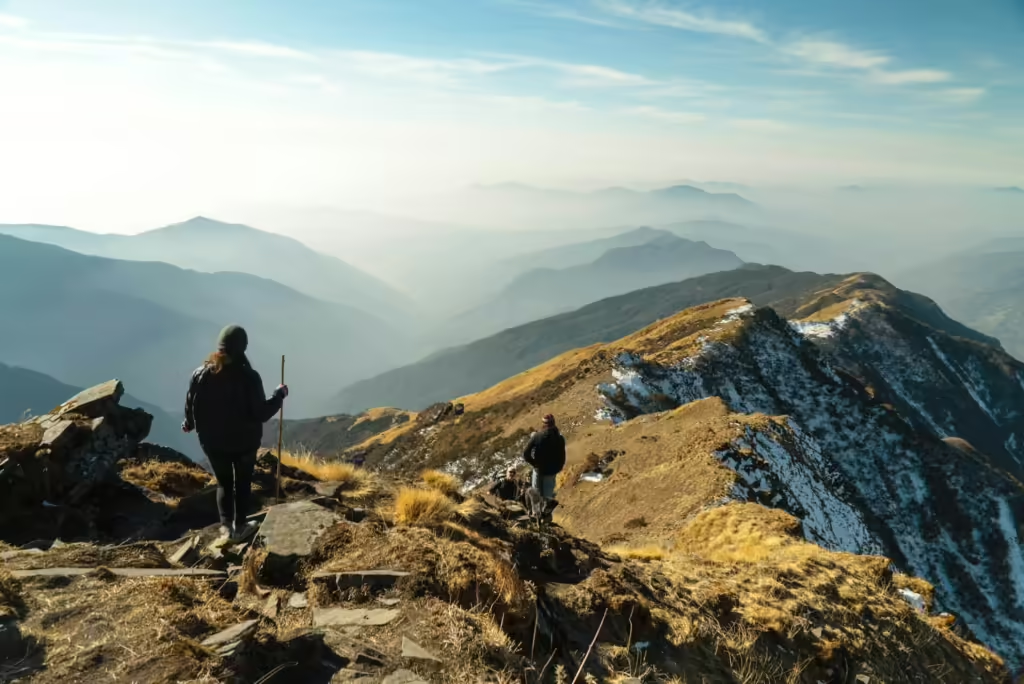
But why is trekking at high altitudes so different? As you go higher, oxygen levels drop. At sea level, the oxygen saturation in the air is about 21%, but at the summit of Kilimanjaro, it drops to roughly 10%. This can lead to altitude sickness, which is caused by the body’s inability to adjust quickly enough to the change in oxygen levels.
Altitude sickness, or acute mountain sickness (AMS), affects everyone differently. It doesn’t matter if you’re young, fit, or have previous trekking experience; altitude sickness can strike anyone. Symptoms include:
- Headaches
- Dizziness
- Nausea
- Fatigue
- Shortness of breath
The good news is, with proper planning and the right mindset, you can minimize these risks and increase your chances of enjoying the trek. Let’s move on to how you can physically prepare.
Physical Preparation for High-Altitude Trekking
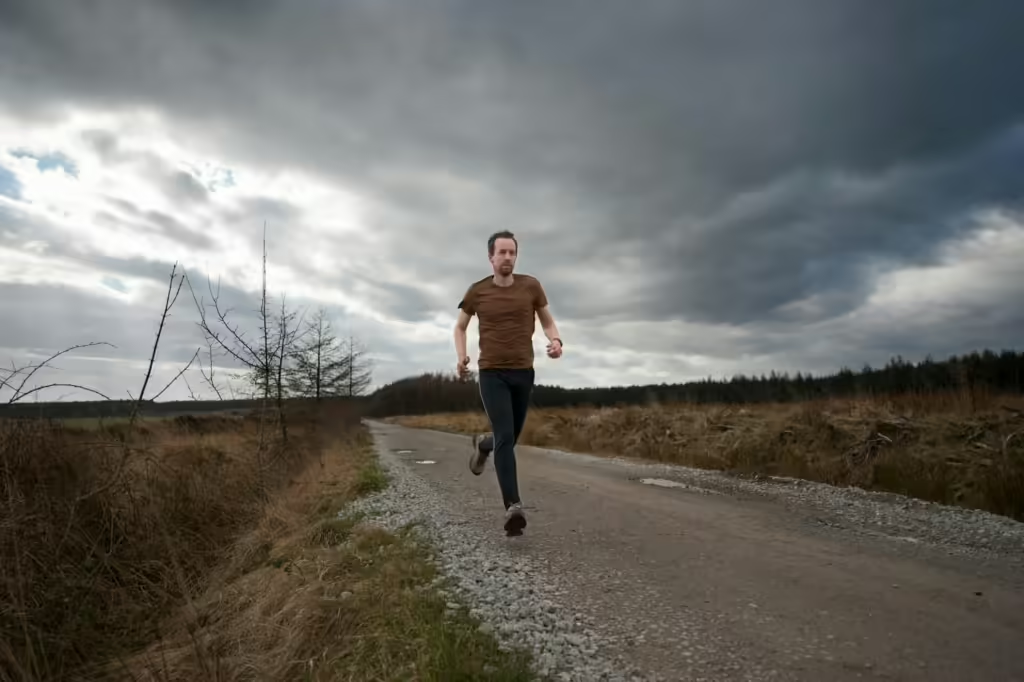
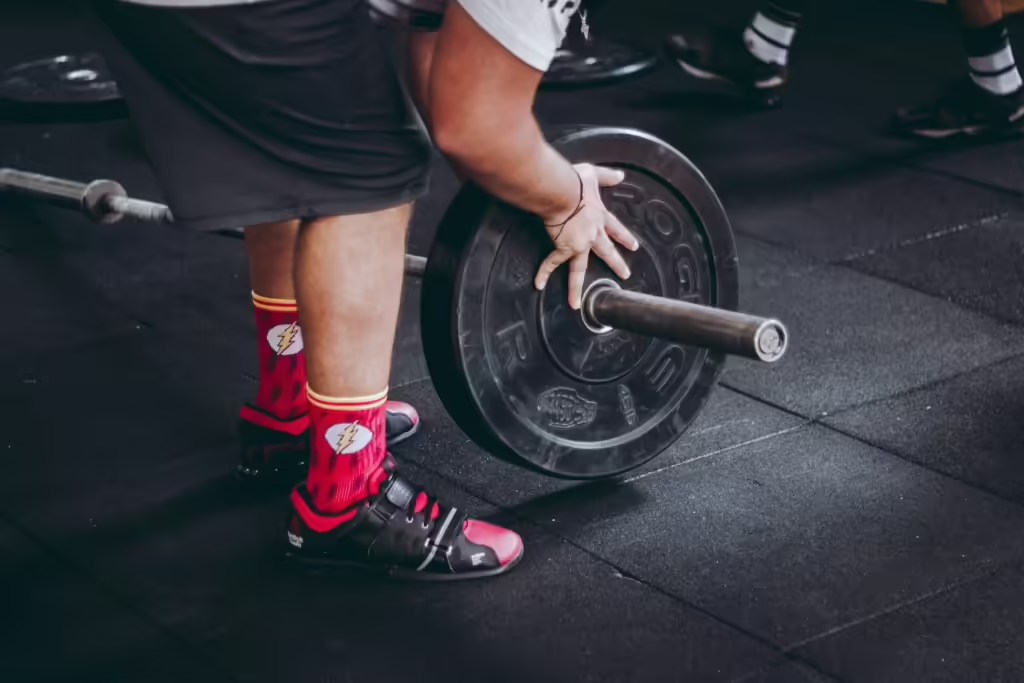
When preparing for a high-altitude trek, many people focus only on the fitness aspect. And while that’s extremely important, it’s not the only piece of the puzzle. Physical preparation for trekking at high altitudes should be multifaceted, involving endurance, strength, flexibility, and acclimatization.
1. Build Cardiovascular Endurance
At high altitudes, your lungs and heart have to work harder to supply your muscles with oxygen. This makes cardiovascular fitness a top priority. Activities like running, swimming, cycling, and hiking are excellent for building your endurance. Aim to spend at least 30 minutes to an hour, four or five days a week, doing cardio exercises. If possible, train at higher altitudes to simulate what you’ll experience during your trek.
Interval training, where you alternate between high-intensity bursts and periods of rest, can help mimic the effort you’ll need on the trail, especially during steep climbs. In the months leading up to your trek, gradually increase the intensity of your workouts to build stamina.
2. Strength Training for Long Hikes
Trekking requires strong legs, core, and even upper body. You’ll be carrying a pack, navigating uneven terrain, and, most importantly, relying on your legs to carry you up steep inclines. Focus on building strength through exercises like:
- Squats and lunges (for quads and glutes)
- Step-ups (for calf and hamstring muscles)
- Planks (to strengthen your core)
Strong legs will support your body weight during the trek, while a strong core will help maintain balance when you’re walking over rocks or crossing streams. Incorporating stair climbing or hiking with a loaded backpack will simulate the physical strain of a trek. Aim to include two to three strength training sessions each week.
3. Practice Acclimatization Hikes
Whenever possible, try to get used to hiking at higher altitudes before your trek. This can help your body begin adjusting to lower oxygen levels in advance. While this might not be possible for everyone depending on where you live, even a few high-altitude hikes can significantly improve your body’s ability to acclimatize.
If you live at sea level, consider hiking in mountainous areas a few times before your trip to help your body start adapting. If that’s not an option, gradually increase the intensity and duration of your hikes at any elevation to simulate the physical demands of your upcoming trek.
Mental Preparation and Motivation
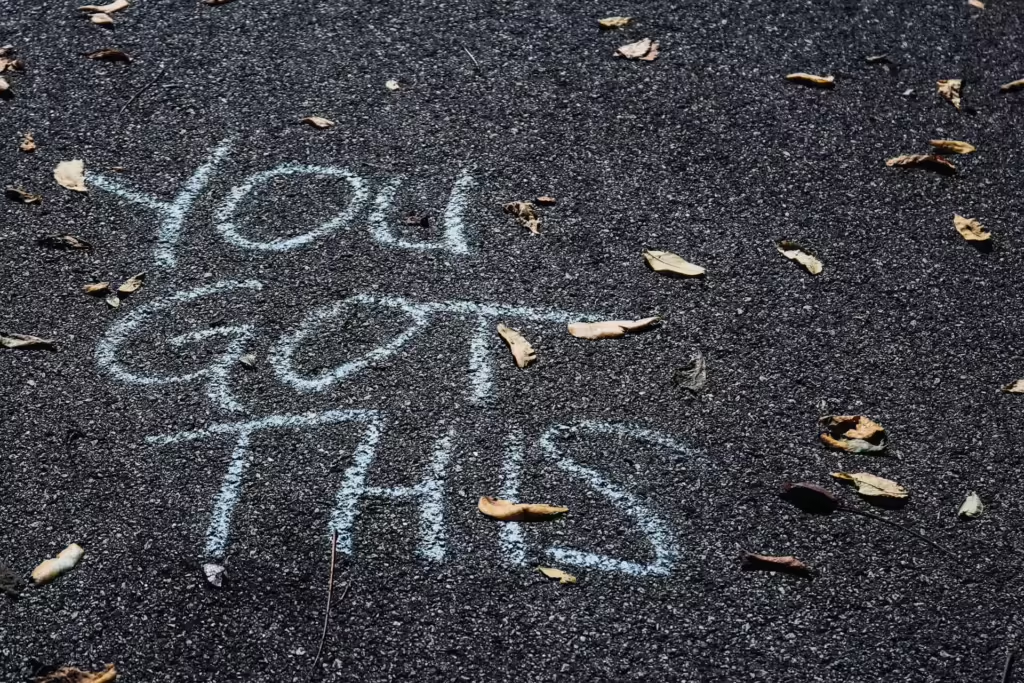
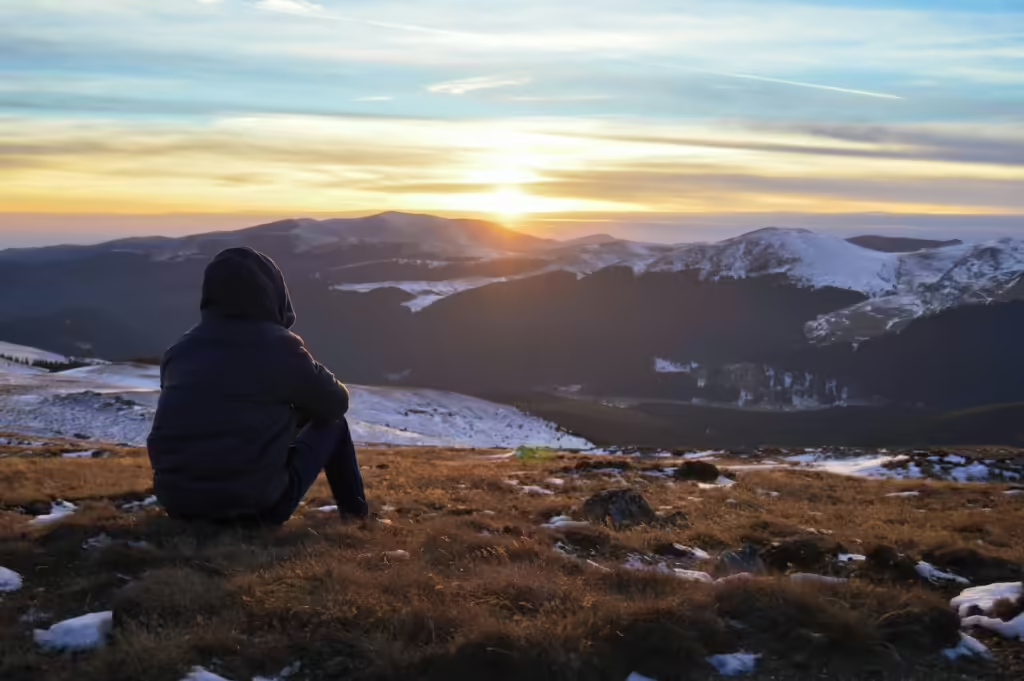
High-altitude trekking isn’t just physically demanding — it’s a mental challenge, too. The long days of hiking, combined with altitude-related discomfort, can wear on your psyche. Your mental preparation will play a huge role in how well you handle these challenges and whether you’ll make it to the summit.
1. Stay Positive and Flexible
Trekking at high altitudes requires a lot of patience. Things may not always go as planned. Weather conditions can change suddenly, or you might experience unexpected delays. Flexibility and a positive attitude are key to keeping your spirits up when things don’t go your way.
2. Practice Mindfulness
On tough sections of the trek, mindfulness techniques can help. Focus on your breathing to help manage stress and fatigue. Inhale deeply, and exhale slowly. This simple technique can do wonders for calming your mind and keeping you centered.
3. Visualize Your Success
Visualizing yourself reaching the summit can be a powerful motivator. Before your trek, spend some time picturing yourself on the mountain. Imagine how it will feel to accomplish your goal. When you’re struggling during the trek, returning to that image can provide the mental boost you need to keep moving forward.
Gear Essentials for High-Altitude Treks
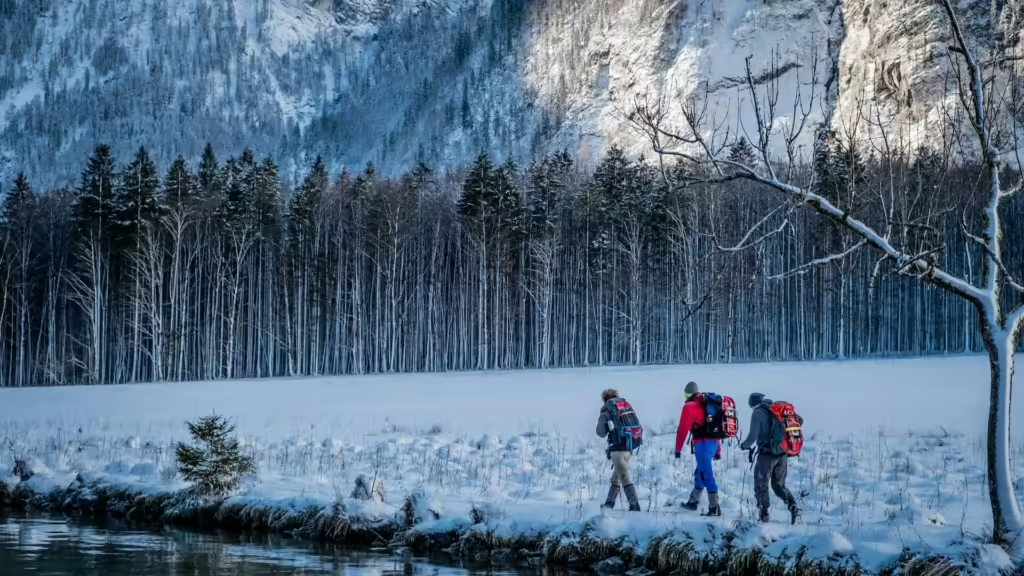
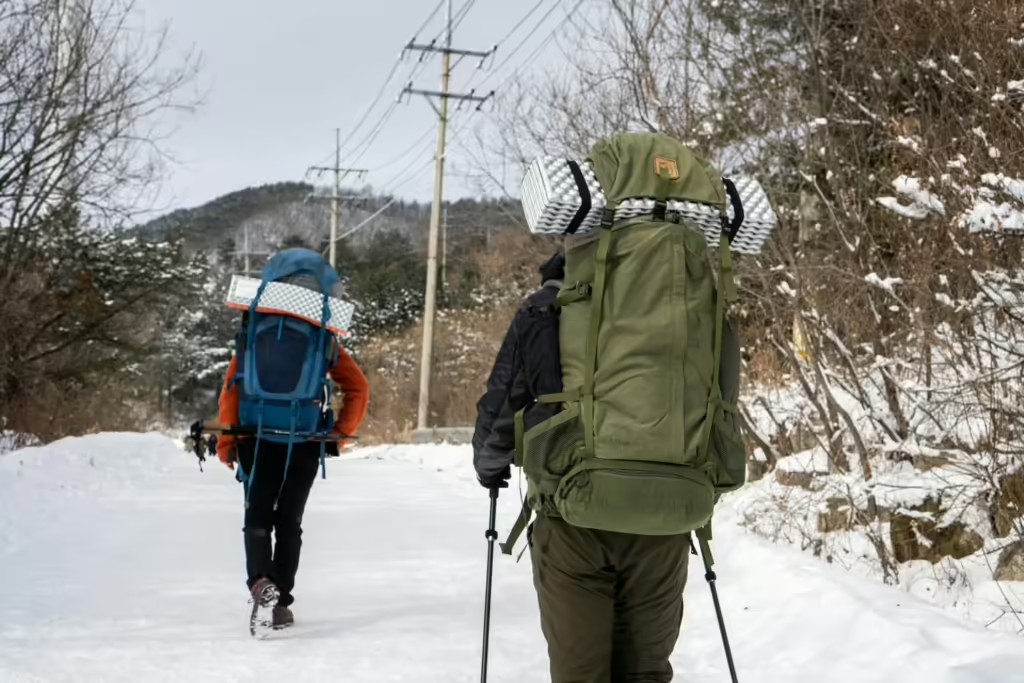
Having the right gear can make all the difference when it comes to comfort and safety on your trek. At high altitudes, the weather can change rapidly, and you’ll need to be prepared for all conditions. Here’s a breakdown of the essential gear you’ll need for high-altitude trekking in Africa.
1. Layered Clothing
When trekking at high altitudes, the temperature can vary drastically from the base to the summit. You’ll start the day in cold conditions, but by midday, it might be warm enough to shed some layers. Packing moisture-wicking base layers, insulating mid-layers, and waterproof outer layers will allow you to adjust your clothing throughout the day.
2. Footwear
Your boots will be your best friend — or your worst enemy — on the trail. Choose high-quality, waterproof trekking boots that are broken in well before your trip. Avoid brand new boots on the trek to minimize the risk of blisters.
3. Accessories
Some smaller items that can make a big difference include:
- Trekking poles for stability
- A headlamp for early morning summit attempts
- Hydration systems (like water bladders or bottles) to encourage frequent drinking
- Sunscreen and a hat to protect from intense sun exposure at high altitudes
Dealing with Altitude Sickness and Health Tips
Altitude sickness can put a serious damper on your trekking experience. While there’s no foolproof way to avoid it, there are strategies you can use to minimize the risk.
1. Hydrate Constantly
Dehydration exacerbates the effects of altitude sickness, so drink water consistently throughout the day. A general rule is to aim for at least 3-4 liters of water per day during your trek.
2. Climb Slowly
The old mountaineering mantra “climb high, sleep low” is based on acclimatization science. When possible, ascend gradually to allow your body time to adjust. If you’re feeling unwell, slow down or take an extra day to rest and acclimatize.
3. Eat Well
Your body will burn more calories at high altitudes, so it’s important to refuel properly. Carbohydrates are your friend at high altitudes since they’re easier to digest and provide quick energy. Keep snacks like energy bars, nuts, and fruit easily accessible.
Choosing the Right Trekking Company


Choosing the right company can be the difference between a smooth, successful trek and a frustrating experience. A reputable company provides experienced guides, ensures safety protocols are followed, and helps you make the most of your adventure.
At Maximilian Adventures, we have years of experience guiding trekkers up Mount Kilimanjaro and other African peaks. Our guides are not only skilled in navigating high-altitude conditions but they’re also dedicated to making your experience as enjoyable and safe as possible.
Final Tips for a Successful High-Altitude Trek
- Take your time: When trekking at high altitudes, slow and steady truly wins the race. Rushing will only increase your chances of altitude sickness.
- Stay positive: The mental aspect of trekking can’t be underestimated. A good attitude can make all the difference when the going gets tough.
- Listen to your body: If you feel symptoms of altitude sickness, don’t push through. Descend to a lower altitude if needed and prioritize your health.
- Be flexible: Weather and other conditions may force changes in your plan. Stay adaptable and ready to adjust your itinerary as necessary.
- Follow local guidelines: Understand and respect local regulations and customs. Adhere to park rules and Leave No Trace principles.
- Pack smart: Bring only essentials and make sure your gear is lightweight. Efficient packing will make your trek easier and more enjoyable.
- Have a backup plan: Prepare for emergencies with a clear evacuation plan and adequate insurance coverage.
- Enjoy the journey: Remember to savor the experience and the beautiful landscapes. Connecting with fellow trekkers and immersing yourself in the adventure will make your trek memorable.
By following these tips and preparing thoroughly, you’ll be well-equipped to tackle the challenges of high-altitude trekking in Africa. Whether you’re conquering Mount Kilimanjaro or exploring another majestic peak, a successful trek starts with a solid plan and a positive attitude.
Recent Posts
Where to Stay in Tanzania | Lodges, Resorts and Campsites
Why Chapwani Island Should Be on Your Travel List in 2025
Must-See Waterfalls in Tanzania: A 2025 Traveler’s Guide

Safari




